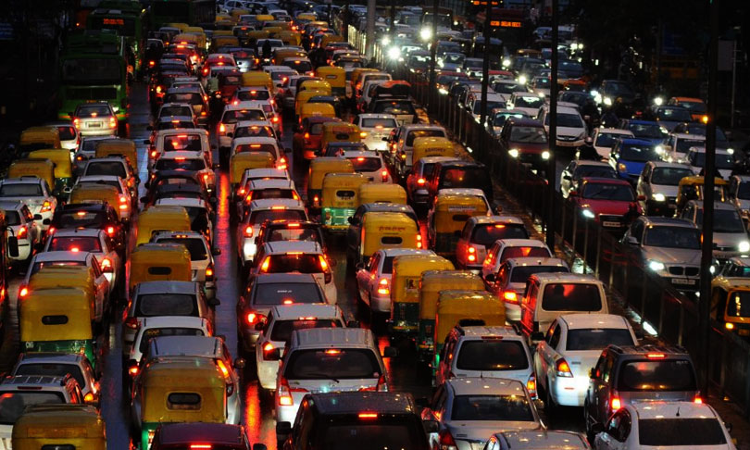Next Story
3 Feb 2022 12:33 PM IST
The Motor Vehicles Act is a legislation of the Parliament of India which lays down rules vis-a-vis all aspects of road transport vehicles and traffic laws. The Motor Vehicles Act, 1988 came into force from 1 July 1989 and was thoroughly amended by The Motor Vehicles Amendment Act ,2019 after the interlude of about 30 odd years in order to expunge the obsoleteness of the old Act...

